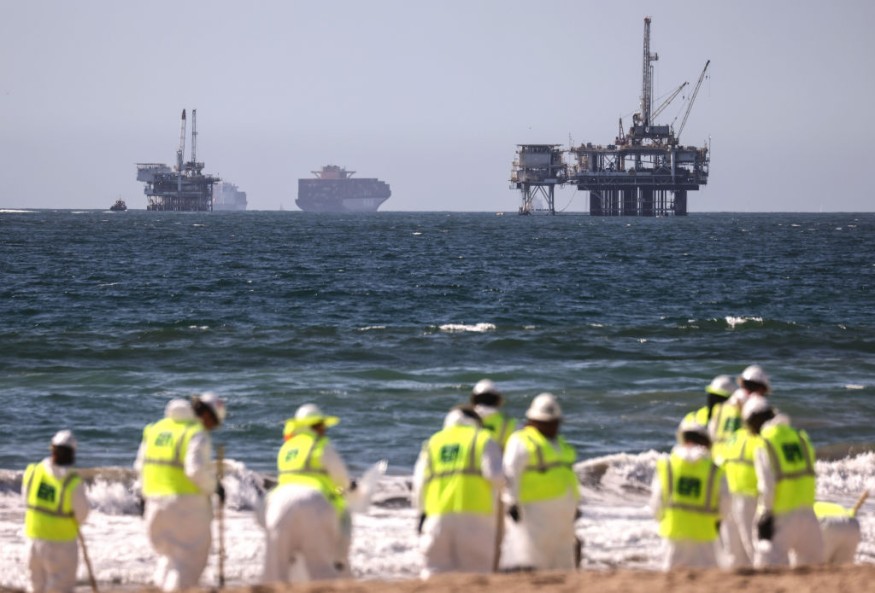The Baltic Sea, a vital ecosystem and popular tourist destination, is facing a growing threat from thallium contamination.
This toxic metal, linked to hair loss, nerve damage, and even death, is entering the sea at an alarming rate, and scientists are pointing to human activities as the primary culprit.
A recent study published in the journal Environmental Science & Technology suggests that human activity is responsible for 20% to more than 60% of the thallium entering the Baltic Sea.
This contamination is likely due to industrial processes such as coal combustion, cement production, and pyrite roasting.
These activities release thallium into the atmosphere, where it can eventually be deposited on the sea surface through rain or snow.
The Looming Threat of Re-Oxygenation

Thallium poses a particular threat to the Baltic Sea due to its unique geochemical properties. In its current state, the Baltic Sea is a hypoxic environment, meaning that the deep waters are depleted of oxygen.
This lack of oxygen creates conditions that favor the accumulation of thallium in the seabed sediments.
However, if the Baltic Sea were to become re-oxygenated, either naturally or through human intervention, this trapped thallium could be released back into the water column, posing a significant threat to marine life.
Researchers are calling for further studies to investigate the extent of thallium contamination in the Baltic Sea and to identify potential mitigation strategies.
They also emphasize the need for stricter regulations on industrial activities that contribute to thallium emissions.
Effects of Thallium on the Environment
While the article you provided from Physics Today does not discuss the effects of thallium on the environment in detail, thallium is a toxic metal that can be harmful to a variety of organisms.
When thallium enters the environment, it can be taken up by plants and animals. This can lead to bioaccumulation, where thallium concentrations increase as it moves up the food chain.
Thallium can also disrupt important biological processes, such as enzyme function and hormone regulation. In humans, thallium exposure can cause a variety of health problems, including hair loss, nerve damage, gastrointestinal problems, and even death.
Anthropogenic Forcing of the Thallium Cycle
This refers to the way that human activities are altering the natural cycle of thallium in the environment.
The study found that human activities, such as industrial processes and agriculture, have released large amounts of thallium into the Baltic Sea. This has led to a significant increase in the concentration of thallium in the seawater.
The study also found that the composition of thallium isotopes in the Baltic Sea has been altered by human activities. Thallium isotopes are different forms of thallium that have slightly different atomic masses.
The ratio of different thallium isotopes can be used to track the source of thallium contamination.
The study found that the ratio of thallium isotopes in the Baltic Sea was higher than expected, which suggests that the thallium contamination is coming from a source other than natural weathering.
The authors of the study suggest that the most likely source of this contamination is human activities around the end of World War II.
A Call for Action
The growing presence of thallium in the Baltic Sea is a cause for serious concern. This toxic metal has the potential to harm marine ecosystems and ultimately impact human health.
By taking steps to reduce thallium emissions and develop strategies to manage thallium in the seabed sediments, we can help to protect the Baltic Sea for future generations.
Related article: Climate Change Could be Keeping the Baltic Sea Starved for Oxygen
© 2025 NatureWorldNews.com All rights reserved. Do not reproduce without permission.





